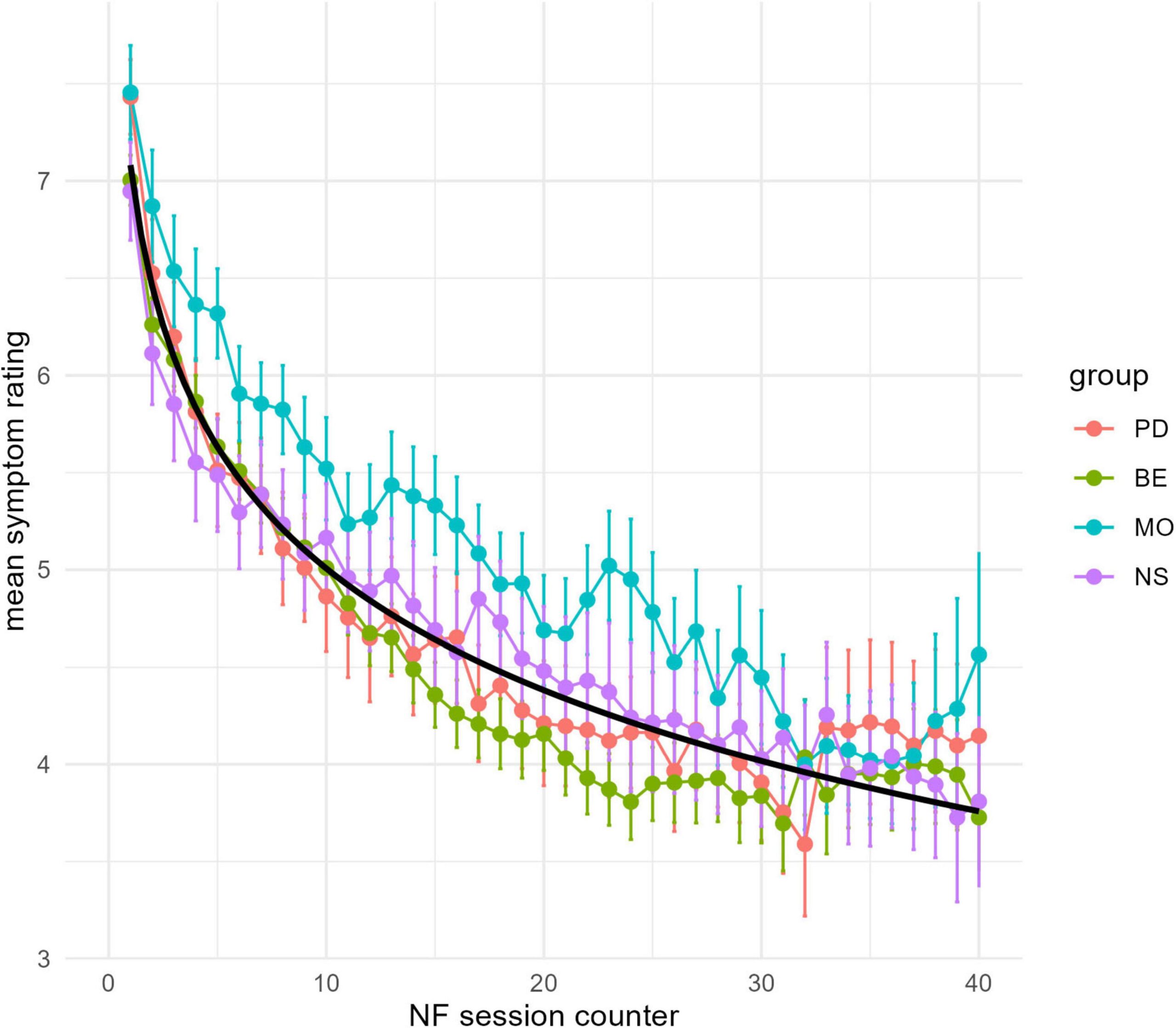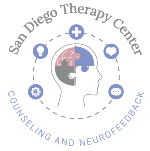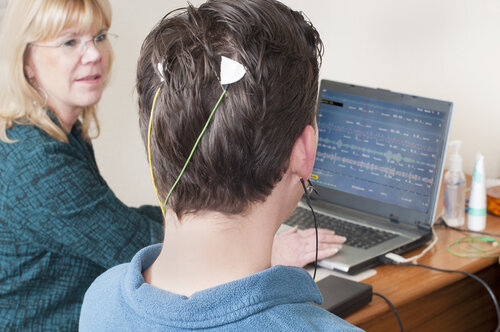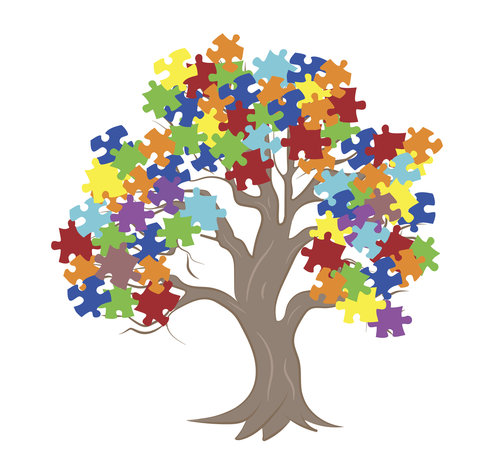Effectiveness of Neurofeedback
New Study Confirms ILF Neurofeedback Benefits Across Multiple Diagnostic Groups

PD = Symptoms of Developmental Disorders
BE = Symptoms of Child/Adolescent Behavioral Disorders
MO = Symptoms of Mood Disorders
NS = Symptoms of Neurotic, Stress-Related, and Somatoform Disorders
A recent observational study by Theis et al. (2025) evaluated how Infra-Low Frequency (ILF) Neurofeedback effectiveness impacts patients across four distinct diagnostic categories: mood disorders, neurotic/stress-related disorders, developmental disorders, and behavioral or emotional disorders in children and adolescents beemedic.com.
Key findings:
- Symptom relief was rapid and sustained: Across all groups, patients experienced a noticeable reduction in self-reported symptoms, with the most significant drop occurring within just 10 sessions (beemedic.com).
- Objective improvements confirmed: The study used the QIK continuous performance test to measure reaction time, omission errors, and commission errors. Results showed significant improvements in all metrics across every diagnostic group—a sign of enhanced cognitive performance (beemedic.com).
- Subjective and objective measures—not always aligned: Interestingly, while some groups (e.g., mood disorders and developmental disorders) showed correlations between self-report and test performance, others did not—suggesting those two types of measurements may operate independently or vary by condition (beemedic.com).
Why Effectiveness of Neurofeedback Study Matters
This study adds real-world evidence supporting ILF Neurofeedback as an effective complementary therapy for diverse psychiatric conditions. It demonstrates both subjective relief and measurable cognitive gains, even in settings reflecting everyday clinical practice.
Moreover, the differing degrees of alignment between subjective experiences and objective improvements highlight the importance of combining multiple evaluation methods when assessing treatment outcomes.
For children and families, this research is especially encouraging. Many kids struggle with attention, stress, trauma, or behavioral challenges that affect school and home life. The fact that improvements were seen not only in emotional symptoms but also in measurable cognitive performance means ILF Neurofeedback may help children feel calmer, focus better, and thrive both academically and socially. Families benefit too—when a child is better regulated and more resilient, the entire household experiences greater balance and ease.
Theis, T., Bolduan, U., Seuß, S., Spallek, J., Wandernoth, B., & Mayer‑Pelinski, R. (2025). ILF‑neurofeedback in clinical practice: Examining symptom change and performance metrics across diagnostic groups. Frontiers in Human Neuroscience, 19, Article 1601187. https://doi.org/10.3389/fnhum.2025.1601187 https://www.frontiersin.org/journals/human-neuroscience/articles/10.3389/fnhum.2025.1601187/full







